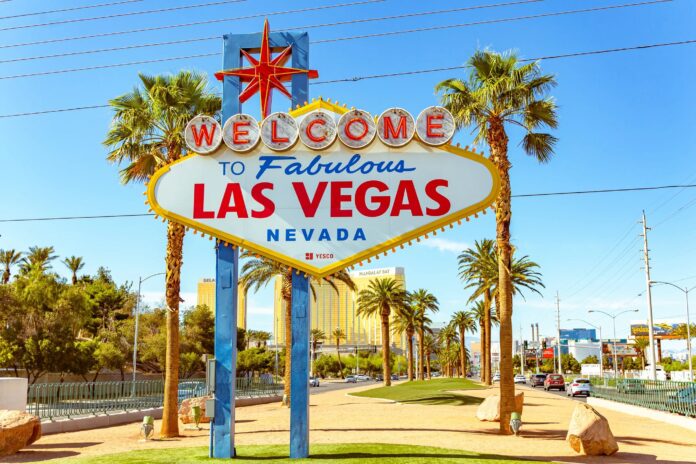Understanding the Impact on Las Vegas Tourism: Recent Trends and Observations
Las Vegas, known as the entertainment capital of the world, is currently experiencing a notable decline in visitor numbers. The Las Vegas Convention and Visitors Authority (LVCVA) recently reported an almost eight percent drop in tourism, indicating that the famed city is entering a challenging phase as it navigates the complexities of visitor preferences and economic conditions.
Declining Visitor Numbers
In March, Las Vegas welcomed approximately 3.39 million visitors, a steep decline from 3.68 million in February— marking a downturn of 7.8 percent. This change raises questions about the factors influencing people’s decisions to visit the city. As a destination renowned for its vibrant nightlife, world-class shows, and lavish hotels, a significant decrease in foot traffic could be a sign of broader trends affecting travel.
Hotel Occupancy Rates
Compounding the issue, midweek hotel occupancy saw a drop of 2.4 percent, with just 82.9 percent of hotel rooms filled in March compared to 85.3 percent the previous year. The trend continues into the weekends, which also recorded a decline—down by one percent. This drop in occupancy suggests that even with major events, like conferences drawing more than half a million attendees, there is still a significant shortfall in leisure tourists.
Rising Hotel Rates Amid Declining Occupancy
Interestingly, while visitor numbers and hotel occupancy rates are decreasing, the cost of staying on the Las Vegas Strip has escalated. Recent figures show a 3.9 percent rise in hotel rates compared to a year ago, suggesting that, despite falling demand, hospitality venues may be attempting to offset losses by increasing prices. This juxtaposition could alienate budget-conscious travelers who are already hesitant to visit.
Casino Revenue Declines
Casinos, often seen as the lifeblood of Las Vegas, have also not been spared from this downward trajectory. There has been an almost five percent reduction in casino revenues reported over the past year. Statewide, this revenue decline stands at 1.1 percent, indicating that the challenges extend beyond just the city itself and reflect broader industry issues in the state of Nevada.
Transportation Trends
Air travel patterns have also shown concerning signs. Data from the Clark County Department of Aviation reported a 3.9 percent drop in the number of passengers traveling to and from Harry Reid International Airport. This decline is mirrored in vehicle counts at the Nevada-California border on I-15, which dropped by 3.1 percent, further indicating a reduced flow of tourists into the state.
The "Trump Slump" Effect
These declines seem to correlate with what’s being referred to as the “Trump slump,” a phenomenon whereby increased anxiety and apprehension regarding U.S. immigration policies have deterred international visitors. Several high-profile deportation cases have left many potential travelers feeling uneasy about their safety while in the country. For instance, stories of travelers from Europe facing deportation have been widely reported, fueling fears that are noticeably impacting visitor choices.
Official statistics from the US International Trade Administration suggest that Western European visitors to the U.S. decreased by 17 percent year-on-year in March 2025. This drop is even more pronounced among travelers from Germany and Ireland, where visitor numbers have plunged by over a quarter.
Cultural and Economic Factors at Play
The discomfort generated from President Trump’s controversial proclamations—including trade tariffs—appears to further complicate the tourism landscape. Various factors, such as economic unease, burgeoning interest in alternative travel destinations, and shifts in the global political environment, contribute to the current hesitancy among potential visitors to Las Vegas.
As Las Vegas continues to adapt to these changing dynamics, its ability to attract a diverse range of travelers—from leisurely vacationers to business attendees—will determine how well it can rebound from these recent declines. The interplay of economic conditions, policy impacts, and shifting public sentiment shapes not just the future of Las Vegas tourism, but the overall trajectory of the travel industry in the coming years.
